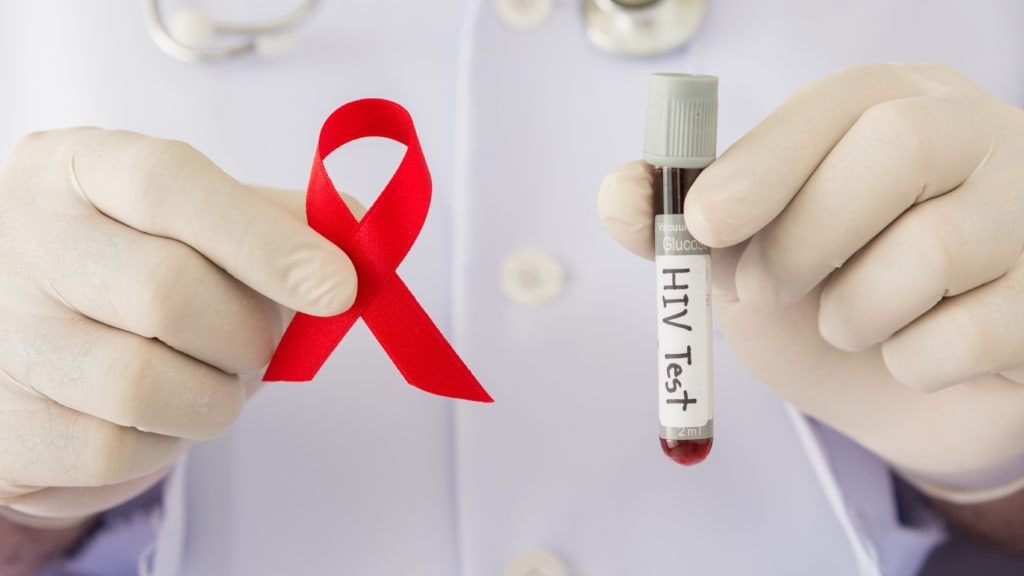09:00 (28.11.2024)
4005
OIVdan o'lim va kasallanishning global pasayishi: Lancet sharhi
Between 2010 and 2021, global statistics on HIV morbidity and mortality showed significant improvements. According to an article in The Lancet, the number of new infections decreased by nearly 22%, and deaths related to HIV dropped by 40%.
The research, conducted across 204 countries and regions, revealed key trends in HIV morbidity and mortality. By 2021, the number of people living with HIV had reached 40 mln, an increase of 10.5 mln from 29.5 mln in 2010. In 2010, there were 2.11 mln new infections and 1.19 mln deaths. By 2021, these figures had declined to 1.65 mln new infections and 718,000 deaths.
The most notable improvements were observed in sub-Saharan Africa and South Asia. In these regions, the risk of HIV infection decreased from 21.8% to 8.7% despite still being considered high by current standards. Additionally, the number of deaths in these areas fell from 106.5 to 45.5 per 100,000 people.
Conversely, the situation worsened in Central and Eastern Europe and Central Asia, where the number of HIV-related deaths rose by 10.4%.
Forecasts by scientists indicate a continued decline in HIV morbidity and mortality. It is anticipated that 513,000 people will die from HIV by 2030, with the number expected to decrease to 327,000 by 2050. Meanwhile, the number of individuals living with HIV is projected to grow, reaching 43.7 mln by 2030 and 44.4 mln by 2039, before gradually declining.















